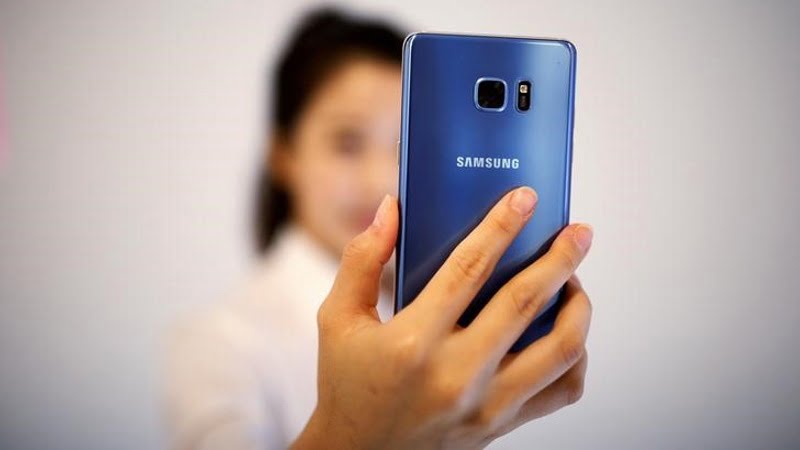
Shutterstock
We’ve all heard an urban legend or two in our time. Usually they are creepy tales told during sleepovers or over a campfire, like Bloody Mary. Legend has it that if you close the lights, look into a mirror and say “Bloody Mary” three times, you will summon the ghost of an executed witch.
For marketers and business owners, one of the biggest urban legends is: Direct mail is dead. It was killed by the internet.
However, it’s not just alive and well, but in fact, direct mail could be considered superior to other marketing channels based on recent statistics and studies.
Top Channel For Direct Response
Though there has been a reduction in response rate for direct mail over the last ten years, it’s still holding strong. In its response rate report, the Direct Marketing Association (DMA) analyzed Bizo and Epsilon data and found that direct mail achieves a 4.4% response rate, compared to 0.12% for email.
Overall, the DMA found that direct mail’s response rates are actually anywhere from 10 to 30 times higher than that of digital. It notes that consumers, overwhelmed by inboxes cluttered with unsolicited marketing emails, are more receptive to direct mail, which arrives on a much less-cluttered channel.
But that’s only part of the reason.
Strong Perceived Value
Even the most obvious junk mail in your mailbox has something that few marketing emails will ever possess: the reality factor. We’ve sent it and received it, opened it, saved it and thrown it away for much of our lives. It has weight, substance and dimension. Mail is a constant.
It’s no surprise then that a study conducted by the UK Royal Mail, The Private Life of Mail, concluded that the upswing in the use of direct mail and its enduring effectiveness is because, “Giving, receiving and handling tangible objects remain deep and intuitive parts of the human experience.”
This emotional effect is what’s at the bottom of its effectiveness: 60% said this effect made a more lasting mental impression on them, making it easier to recall later on. 57% of respondents said that postcard marketing makes them feel more valued and creates a more authentic relationship.
More Desire To Purchase
A U.S. study came away with similar findings.
Enhancing the Value of Mail: The Human Response, sponsored by the U.S. Post Office, used eye-movement tracking and biometric measurements such as heart rate and respiration to gauge attention and emotional engagement with both digital and direct mail. It then used magnetic resonance imaging to capture participants’ brain activity when asked to recall a particular ad.
Results indicated that participants had greater attention on digital ads and that engagement was similar for physical ads. However, individuals who were exposed to physical ads experienced heightened excitement as well as a greater subjective valuation and desirability for the items advertised.
The Millennial Demographic
This means millennials, too. The general perception of millennials is that they were practically raised with iPhones or tablets in their hands and would never be interested in anything as old world as postal mail. This too may be something of an urban legend.
The fact is, a significant percentage of millennials like mail. It has a built-in emotional response factor. Gallup reported that 36% of people under the age of 30 look forward to checking their mailboxes every day. What’s more, 95% of 18-to-29-year-olds have a positive response to receiving personal cards and letters. Notably this generation will wield a combined $1.4 trillion in spending power by 2020, as reported by Accenture.
It’s easy to see the opportunities that direct mail will continue to provide savvy marketers and business owners.
[“Source-forbes”]



